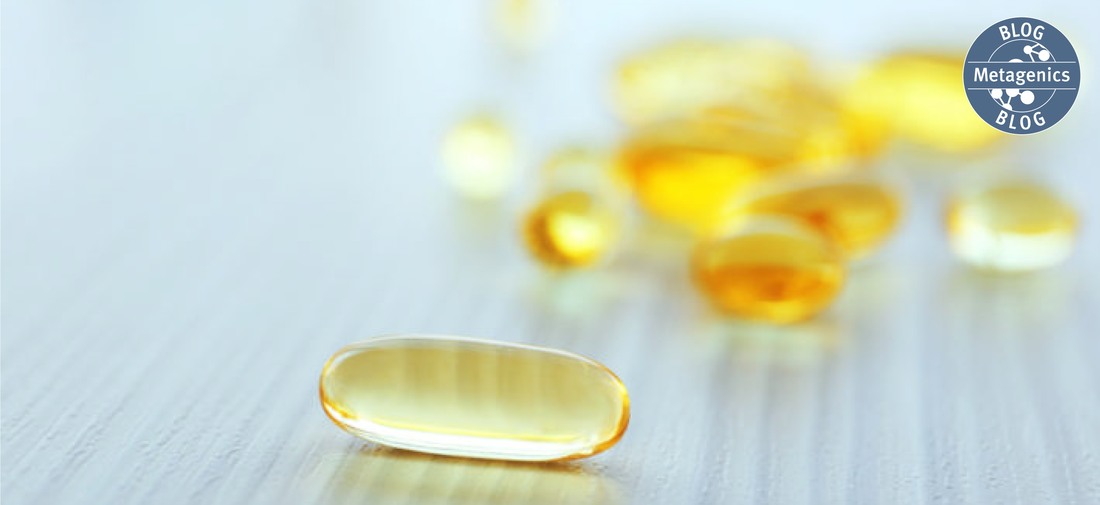|
by Ashley Jordan Ferira, PhD, RDN
Vitamin D is essential- it helps absorb calcium, supports nervous and muscle tissue, and the immune system. Compared to normal-weight counterparts, vitamin D deficiency is more prevalent in those with obesity. In the US over one-third of adults meet obesity criteria.1 A study in The Journal of Clinical Endocrinology and Metabolism2 examined cellular mechanisms of vitamin D trafficking in metabolically dysfunctional adipose tissue as compared to normal adipocytes in conjunction with a vitamin D supplementation intervention in a randomized, controlled trial. Ninety-seven male subjects completed the vitamin D intervention study. Fifty-four normal-weight and 67 obese males were initially randomized to receive either 50 mcg/week of 25-hydroxyvitamin-D3 [25(OH)D3] (2,000 IU/week equivalent) or 150 mcg/week of vitamin D3 (6,000 IU/week equivalent) for one year. Vitamin D sufficiency was defined as a 25(OH)D blood level > 20 ng/ml. This serum concentration is aligned with the National Academy of Medicine’s cutoff for vitamin D sufficiency.3 Vitamin D uptake, conversion and release were investigated in control (non-insulin-resistant) and insulin-resistant 3T3-L1 adipocytes, as well as in subcutaneous adipose tissue (SAT) samples from lean and obese participants. The release of vitamin D and its metabolites were induced with the addition of adrenaline. Expression of the vitamin D receptor and vitamin D conversion enzymes, 25-hyroxylase and 1α-hydroxylase, was also examined. The research team elucidated key differences in cellular vitamin D trafficking effects and supplementation effects:
Why is this Clinically Relevant?
References
0 Comments
Leave a Reply. |
Categories
All
Archives
April 2024
|
|
Join Our Community
|
|
Amipro Disclaimer:
Certain persons, considered experts, may disagree with one or more of the foregoing statements, but the same are deemed, nevertheless, to be based on sound and reliable authority. No such statements shall be construed as a claim or representation as to Metagenics products, that they are offered for the diagnosis, cure, mitigation, treatment or prevention of any disease. |



 RSS Feed
RSS Feed